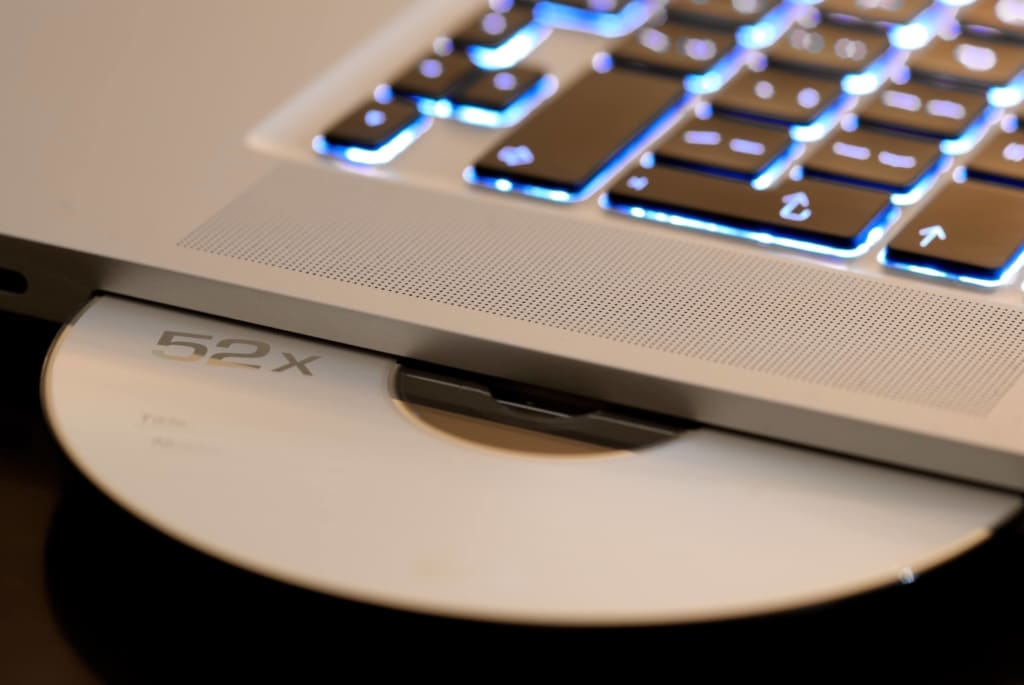
To create your own CD, you need in the computer, a CD or DVD burner as well as a corresponding burning software
(e.g. Nero, WinOnCD, etc) and of course one Blank CD (CD-R).
The actual writing process takes place in that the Laser of the burner etches small indentations in the color layer of the blank. That's why people often talk about "burning" a CD. The drive's infrared laser has a wavelength of 780 nm.
The depressions that have been etched are very small and are called pits. Due to the heat generated by the laser, the light transmittance of the color layer is changed during firing, with the result that the light refraction in the area of the pits is less than outside.
The creation of a pit on a CD-R cannot be undone, which is the crucial difference to CD-RW. This means that data that has already been written on a CD-R can no longer be deleted or changed, so data can only be written once.
However, support all today CD burner writing as a multisession CD. This procedure makes it possible to write a CD bit by bit in several sessions. Areas of a CD-R that have already been written on can no longer be changed afterwards, but the CD no longer has to be burned in one go, as was previously the case.
Reading the (just created) CD-R works as follows:
The indentations etched into the surface of the CD-R when the CD was created are now used.
Since the refraction of light in the area of the pits is lower than outside, the changes in the Reflection be measured. The laser moves along the spiral-shaped groove that the CD has on its surface. The light of the laser, which is reflected at different levels, is converted into an electric light Signal converted, which is finally interpreted as digital information.
The laser is operated in a low-energy state for reading, so no data is burned and the data contained is not destroyed.

